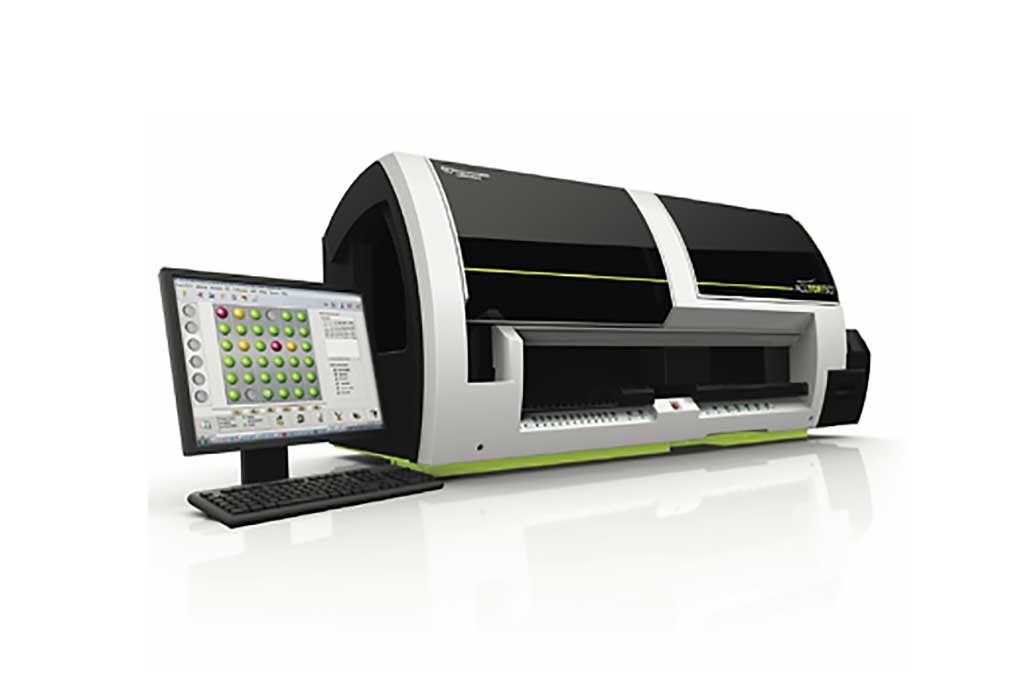Capillary and Venous Blood Sampling Compared for Coagulation Assays
Posted on 17 Mar 2022
Clinical laboratories offer a wide range of coagulation assays used in the diagnosis and management of patients with hemostatic disorders, preoperative screening, or anticoagulation therapy monitoring.
The request from clinicians for capillary blood collection for other routine coagulation test, such as International Normalized Ratio, prothrombin time, activated partial thromboplastin time, and thrombin time, remains significant in particular from those involved in pediatrics. Capillary sampling offers a less invasive method for blood collection than venipuncture, which makes it more suitable for neonates, young children as well as for adult patients with poor venous access or severe anxieties concerning blood sampling.

Diagnostic Laboratorians at the University Medical Center Utrecht (Utrecht, The Netherlands) performed a method comparison between capillary and venous blood sampling for routine coagulation assays. Both venous and capillary (finger stick) blood samples were collected from 188 healthy volunteers and patients. In citrate plasma, International Normalized Ratio (INR), prothrombin time (PT), activated partial thromboplastin time (APTT), thrombin time (TT), fibrinogen, and D-dimer were measured according to routine protocols using the ACL-TOP 750 LAS (Werfen, Bedford, MA, USA) coagulation analyzer. Regression analysis was performed and the mean relative difference between capillary and venous sampling was reflected to the total allowable error.
The scientists reported that there was a strong correlations and acceptable variations, using the total allowable error (TEa) as decision limit, were found for INR, PT, TT, fibrinogen, and D-dimer between capillary and venous sampling, However, capillary sampling resulted in significant shorter APTT values when using the standard APTT-SP Liquid reagent with a mean bias of −10.4%.. The mean relative difference of TT and fibrinogen was −1.7% and −3.7%, respectively, but were considered acceptable variations using the TEa as a decision limit. D-dimer showed a mean relative difference of 1.2%], which fell within the range of acceptable variation.
The authors concluded that strong correlations and acceptable variations were found for INR, PT, TT, fibrinogen, and D-dimer between capillary and venous sampling. However, capillary sampling resulted in significantly shorter APTT values when using the standard APTT-SP Liquid reagent. Based on these results, capillary blood sampling proved to be an alternative blood withdrawal method for routine coagulation assays, with the exception of APTT, if a venipuncture is unavailable. The study was originally published online on February 3, 2022, in the journal Clinical Biochemistry.
Related Links:
University Medical Center Utrecht
Werfen










 (3) (1).png)


